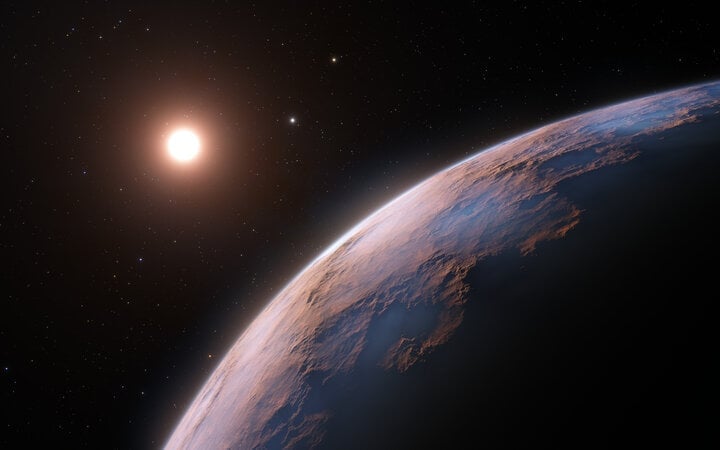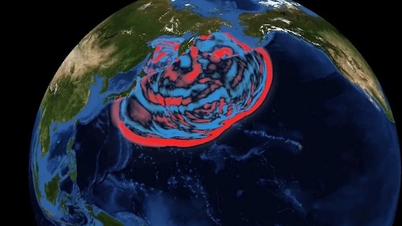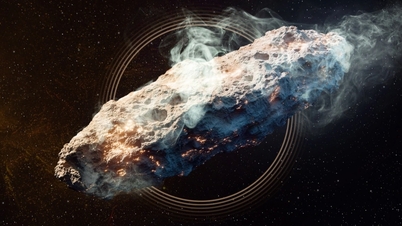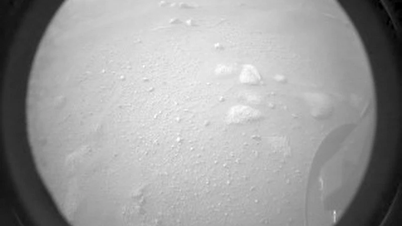Live Science, citing a survey by the US National Aeronautics and Space Administration (NASA), reported that the agency has identified 17 exoplanets that may have conditions suitable for subsurface oceans beneath their icy crusts. These planets could be strong candidates in the future human search for extraterrestrial life.

Illustration of Proxima Centauri b, one of the candidates for a water-bearing exoplanet. (Image: ESO/M. KORNMESSER)
According to NASA, life requires water. Therefore, astronomers and astrobiologists have focused on identifying exoplanets that may contain oceans. Liquid water could exist on the planet's surface, but it could also exist in the form of subsurface oceans – where there is sufficient heat to maintain its liquid state and prevent it from freezing.
NASA believes that the 17 discovered planets may contain subsurface oceans buried beneath thick layers of ice. Therefore, these worlds , like Jupiter's icy moons, could be promising places to search for biochemical signs of life.
While the geological composition of these planets remains unclear, estimates of their surface temperatures from previous studies suggest they are significantly colder than Earth. Additionally, these 17 planets also have lower matter densities than Earth, despite being roughly the same size as our planet.
According to expert Lynnae Quick of NASA's Goddard Space Flight Center: "Our analyses predict that these 17 planets may have an icy surface but temperatures below that are high enough to create subsurface oceans."
"Thanks to the internal heat they experience, all the planets in our study may also exhibit icy volcanic eruptions in the form of geyser-like flows," Quick added.
The research builds on what we know from Jupiter's geyser activity. Two of the exoplanets named in the study, Proxima Centauri b and LHS1140 b, are particularly promising candidates because they have oceans relatively close to the surface.
Further observations of these planets will likely include recording the emission spectra of light passing through their atmospheres.
The study of these 17 planets was first published in October 2023 in the Astrophysical Journal.
Tra Khanh (Source: Live Science)
Source





































![[Photo] Prime Minister Pham Minh Chinh holds a phone call with the CEO of Russia's Rosatom Corporation.](/_next/image?url=https%3A%2F%2Fvphoto.vietnam.vn%2Fthumb%2F1200x675%2Fvietnam%2Fresource%2FIMAGE%2F2025%2F12%2F11%2F1765464552365_dsc-5295-jpg.webp&w=3840&q=75)




































































Comment (0)